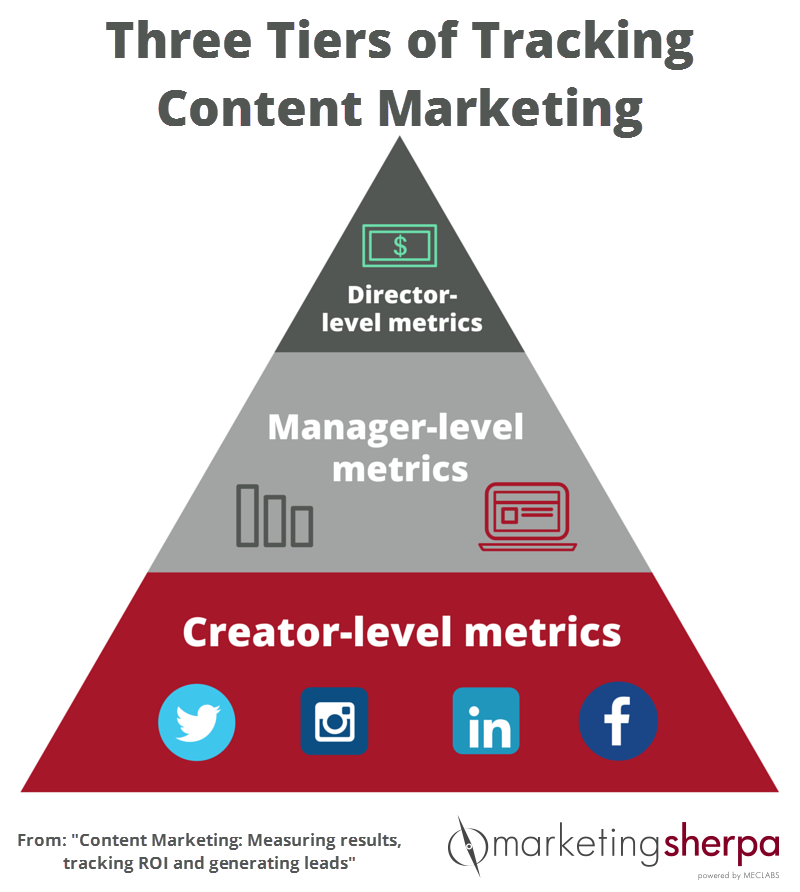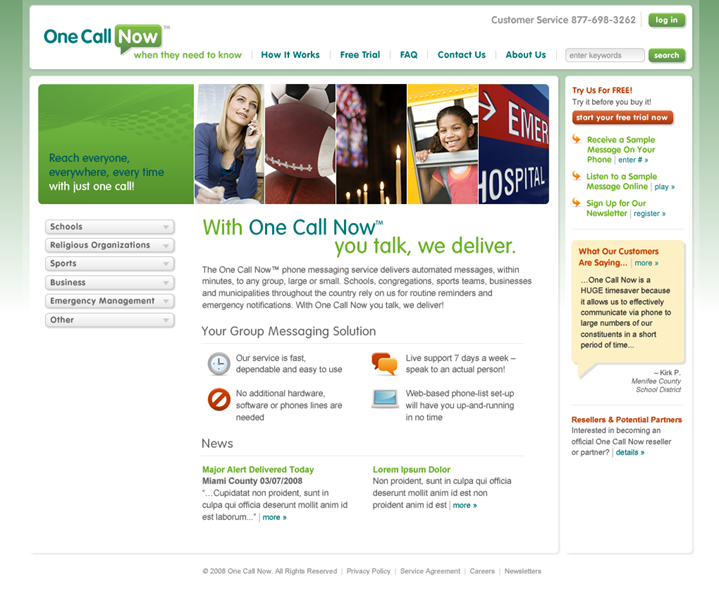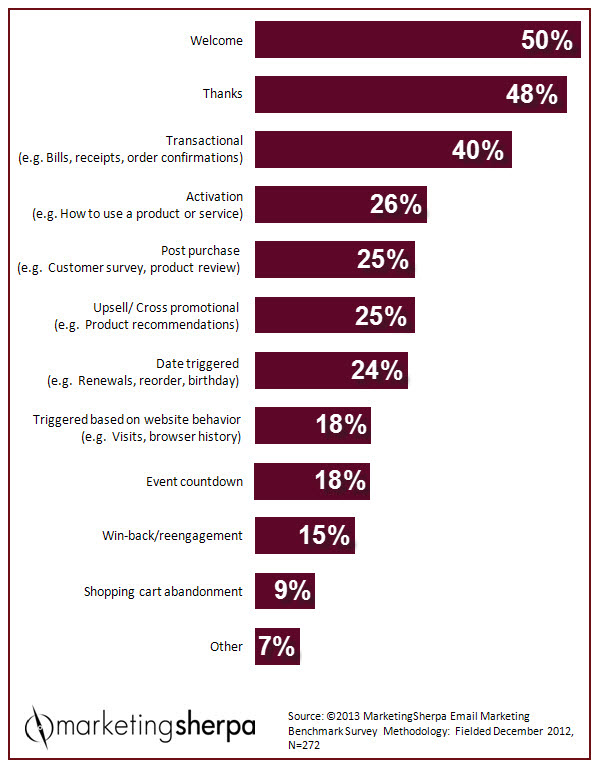In a recent MarketingSherpa webinar, I interviewed Eric Webb, Senior Marketing Director, Corporate Marketing & Brand, McGladrey, about his impressive work with the accounting firm’s content marketing.
You can now watch the video replay of that webinar – “Content Marketing: A discussion about McGladrey’s 300% increase in content production.”
But most of the questions I asked him weren’t my own, they were from you. In fact, we got tons of your questions about content marketing, and Eric has been kind enough to answer some of them here today on the MarketingSherpa blog.
Even better, Eric also provided you a tool his team used to help with its 300% increase in content production. Click below to download the template …
Submission form – with example
And now, your questions…
B2B online lead gen as a topic. – Mor, online marketing manager
Eric Webb: We use content to generate leads 70% of the time. Via Demand Generation, and social media, we promote specific content that resides behind a form. We may ask qualifying questions as well to help discern where they are in the buy cycle.
To do this, you need to repackage the topic to leave a breadcrumb of content that helps you accelerate the sales process. You may have a white paper which shows they are in discovery of the issue, then a podcast with a client and a case study. If they download these, they are likely more interested and are considering or feel they can benefit in some way from the solution.
Finally, a self assessment or an offer for a free 30-minute talk with the expert tells you they are truly interested and deserve a call.
Creating content for niche industries and clients – Maddie, marketing analyst
EW: I recommend looking to industry publication editorial calendars for ideas, clients and outside speakers.
Specific metrics and related incentives for the content creation team, please. – Marshall, CEO
EW: For content, the metrics we most watch are clicks and downloads, or form conversions if behind a form. We don’t necessarily offer an incentive except recognition for the SMEs (subject matter experts) on how the content they create is performing. But, you clearly could offer an incentive based on form-conversion leading to an opportunity.
How much content is necessary? – Christian, director of marketing
EW: Depends on your objectives – if you are just trying to build awareness, then you may measure retweets, likes or +. You could also look at a benchmark of current visits to a section and just say 10% above that. But ultimately, you have to determine what your objective is.
How do you re-purpose other’s content? – Christian, director of marketing
EW: We do curate content to help fill out a section and drive more time on site or to attract more people. But only the first paragraph and then we link out to their site. Otherwise, we look to vendors or partners to provide some of their content in totality.
Besides social, blogs and email – any other outlets? – Christian, director of marketing
EW: Networking sites like LinkedIn updates and groups. Partner sites, publications and association sites; some of our most clicks come on the heels of someone commenting in a news article and providing a link to our content. Slideshare. Reddit. Digg.
I love the idea of creating energy around content for SMEs and am looking forward to learning more about this. – Dee, founder
EW: Basically it comes down to being able to provide a breakdown of specific metrics by each content piece (clicks, downloads, form fills and opportunities). Develop a monthly report to show the value that the content is creating and highlight the author. Also, if you have a PR group, get them to promote the author as an expert, showcasing their content to reporters.
How quickly do you plan from idea generation for content to getting it up and available? – Nick, manager
EW: It depends on the topic. A blog post is usually a few days, depending on approvals required, but a white paper can be weeks and months, especially if it’s a regulated industry. We try to get teams to use content calendars and think at least three to six months out by assigning topics to SMEs.
How to develop a thought leadership culture in the workplace? – Kim, senior email marketing manager
EW: I noticed a change when you could report the metrics. And, with our marketing automation system, we now are close to showing a measure of influence of total revenue and direct attribution of particular campaigns and content offered to opportunities.
Explaining how your audience buys – their buy cycle – and then being able to show how they read through content to ultimately filling a form and wanting to engage helps as well. Consistency is key.
Read more…














